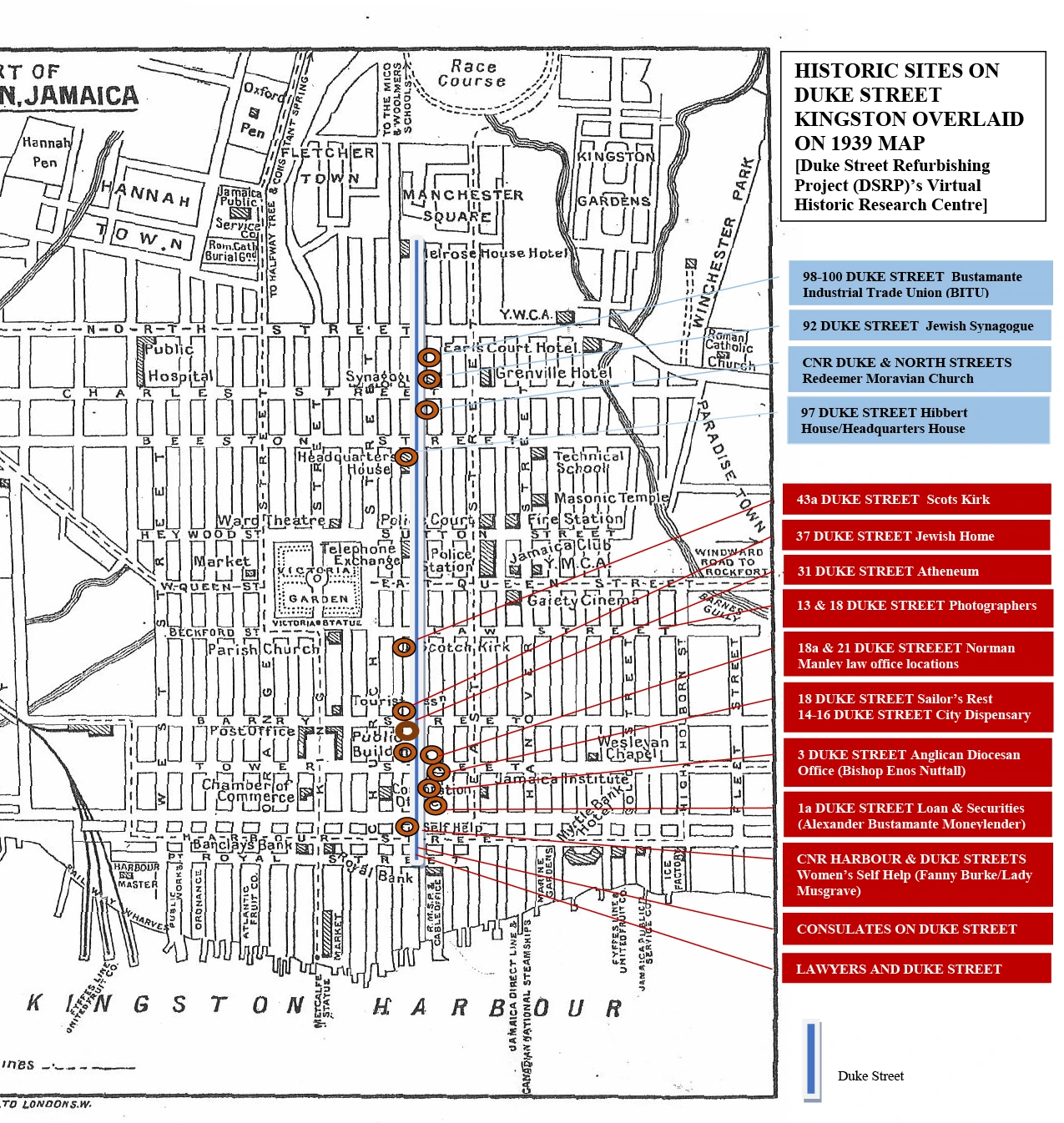anglican diocesan office
anglican diocesan office
For nearly 40 years, the work of the Anglican Diocese was directed from this location by one of the most famous prelates to work here – Rev, later Bishop and Archbishop Enos Nuttall. Nuttall’s name was associated with many social initiatives for the majority population, especially in health and education. These included the establishment of the Deaconess Order which started several schools, the Sailor’s Home and the City Dispensary. He was also involved with the Women’s Self-Help Society, which he declared open on 1 November 1879. Nuttall Hospital is named for him. He was also a leading figure in recovery efforts after the 1907 earthquake and fire which destroyed huge sections of the city and caused hundreds of deaths.
Born in England in 1842, Nuttall came to Jamaica in 1862 as a Wesleyan Methodist Lay Missionary. Here he chose to be ordained an Anglican priest in 1866, just ahead of the 1870 Disestablishment of the Anglican Church – which separated it from state support. He was known as an active churchman, determined on achieving the goals he set. In 1880, Nuttall was consecrated as Bishop of Jamaica and he was subsequently raised to the position of Archbishop of the West Indies. When Nuttall died in May 1916, his funeral service was reported as being one of the largest ever held in Jamaica. After Nuttall’s death, the Bishop’s office moved from Duke Street to Cross Roads where it remains.
Historian, Professor Patrick Bryan, author of The Jamaican People (2000), talks about Nuttall and his work in an interview done for this project, June 1, 2022.
RESOURCES:
1: Interview/discussion of Enos Nuttall by Professor Patrick Bryan.2:

3: Stories of Bishop Nuttall in Legends of West Indian Saints by C.L. Evans and Six Great Jamaicans by W. Adolphe Roberts.
4: Hundreds of newspaper clippings allude to the work of Enos Nuttall, from as early as the 1870s when he started making a mark on the work of the Anglican church in Jamaica, to 1920 when the erection of a marker in his honour at the Mico College, provided an opportunity for a recollection of his life and work.






